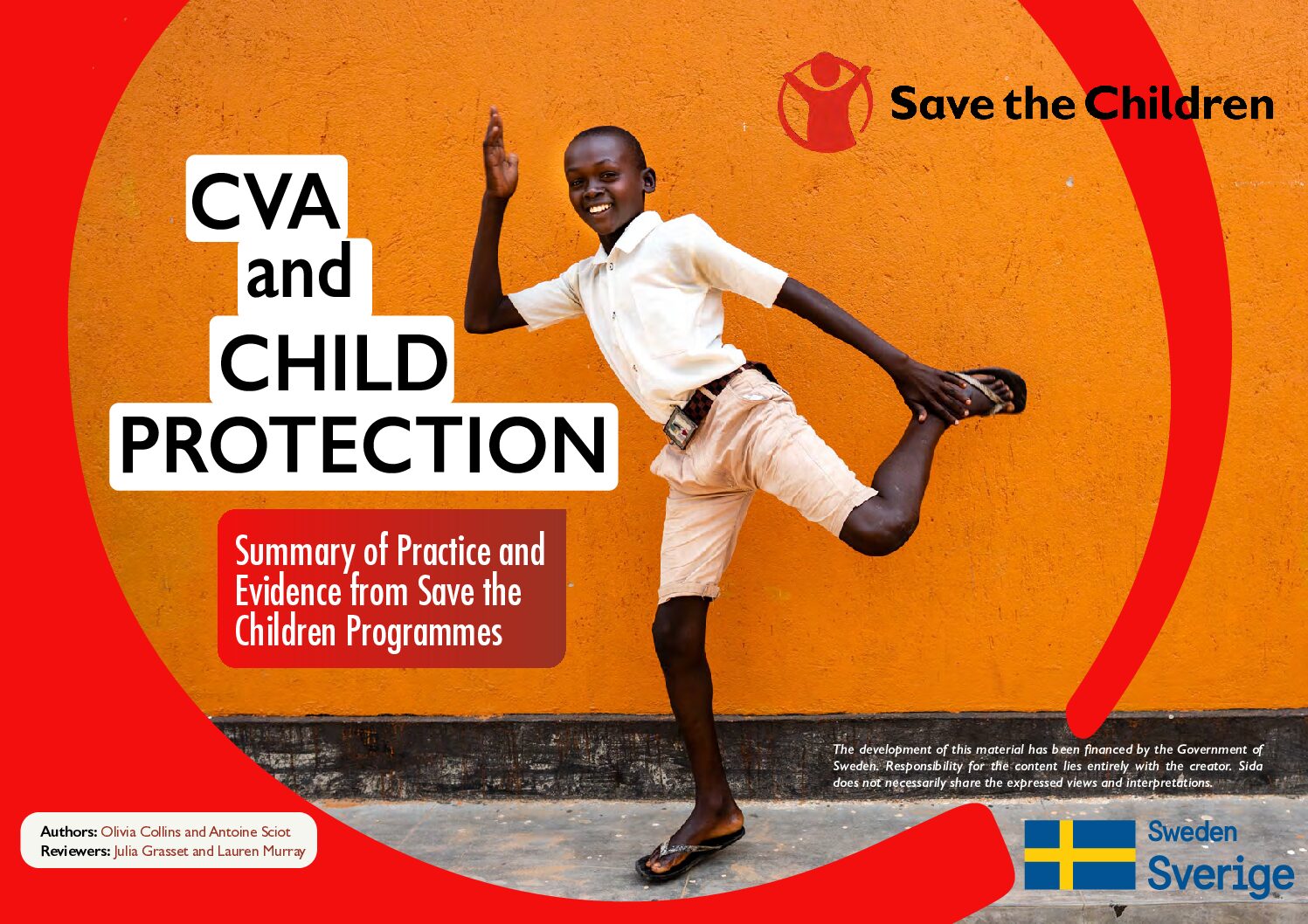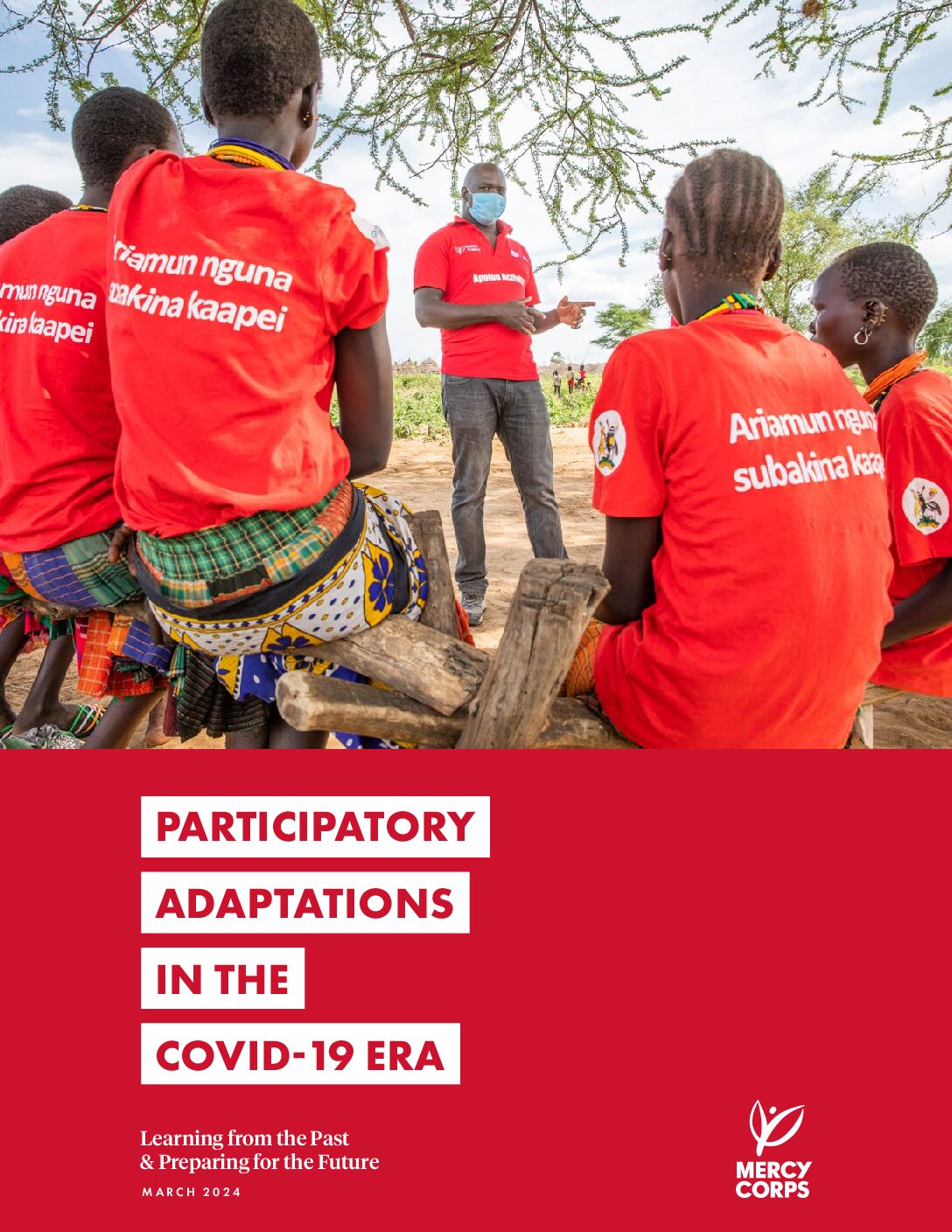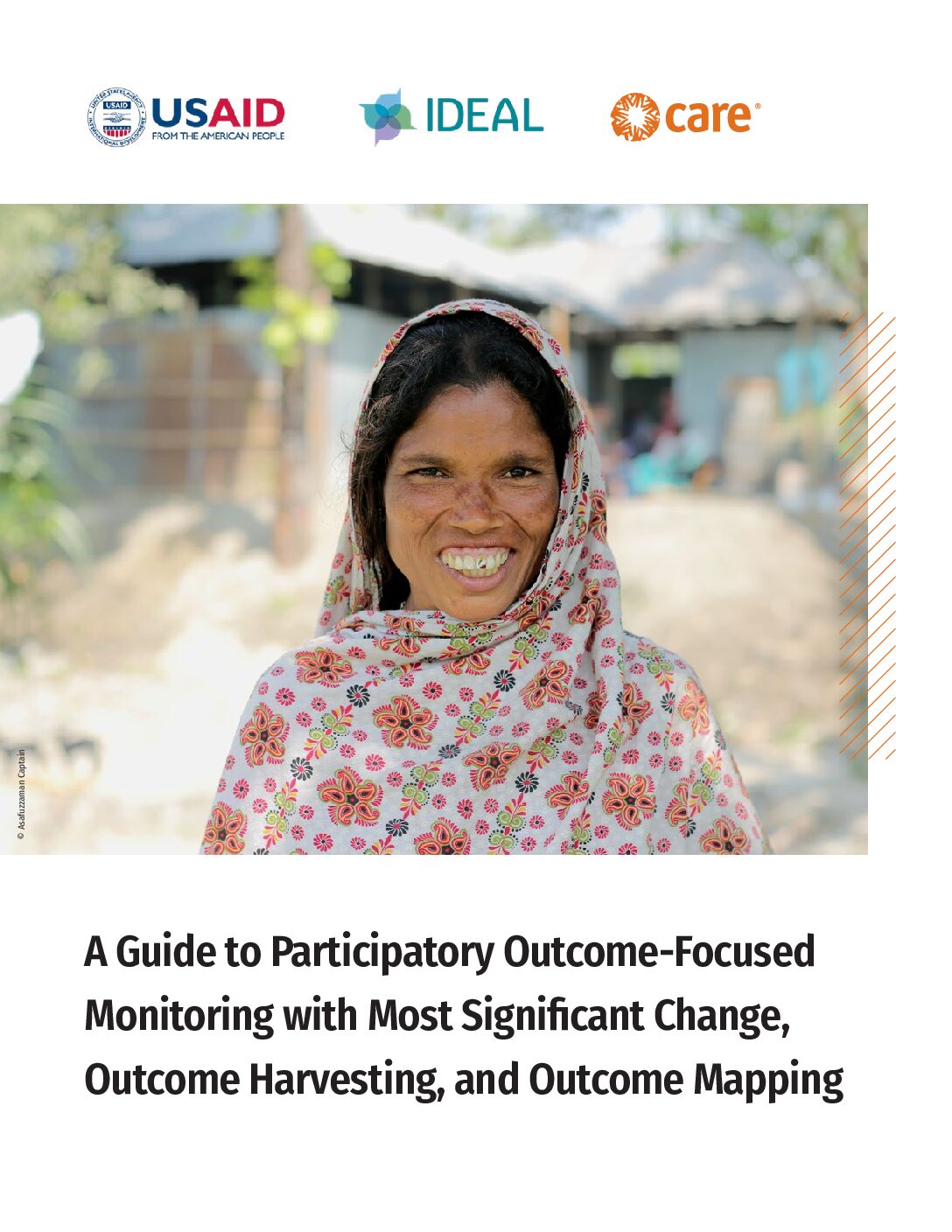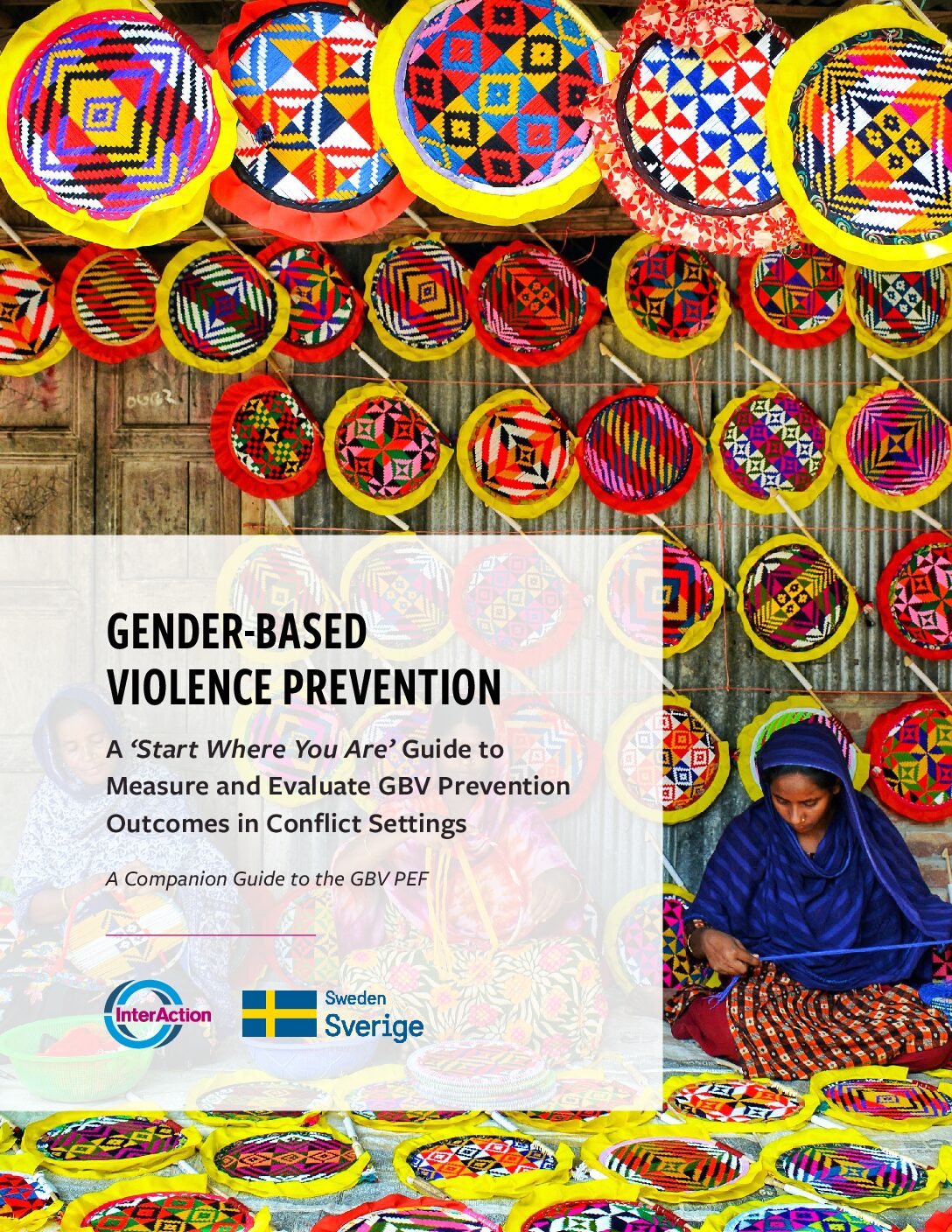How, can cash and voucher assistance (CVA) be used to improve child protection (CP) outcomes? How can it also be used to improve the psychosocial wellbeing of children and their caregivers?
These are some of the questions that Save the Children tries to answer in its recent report titled “CVA and Child Protection: Summary of Practice and Evidence from Save the Children Programmes.” Published in 2021, the report is a global review of ten programs to assess the effects that CVA has on CP outcomes, identify evidence gaps, and document best programmatic practices for learning. The report showed that Save the Children’s CVA programs have had a positive effect on protection outcomes as the program has significantly reduced the risk of child labor, school dropouts engaging in child labor and harmful work, and the likelihood of family separation. Furthermore, the CVA significantly improved the relationships within families and also reduced negative behavioral changes parents noticed in their children.
“My teenage son no longer goes out to sell cakes like before thanks to the money
Beneficiary of the Save the Children’s CVA Program
What methodology was used to develop this report?
This report is based primarily on an analysis of post-distribution monitoring (PDM) data from child protection and CVA programs. Much of the data was collected using the ‘Toolkit for Monitoring and Evaluating Child Protection When Using Cash and Voucher Assistance,’ which includes standardized questionnaires for household surveys and focus group discussions (FGD).
Data was collected from project participants between 2019 and 2021, analyzed by monitoring, evaluation, accountability, and learning (MEAL) specialists in Save the Children’s country offices, as well as by a Data Analyst at the global level, for the purposes of the report. This analysis looked at programs that included CVA without CP activities, CVA programs with complementary CP activities, and fully integrated programs with an explicit Child Protection objective.
What child protection outcomes are measured?
The child protection outcomes measured in relation to CVA include its effect in reducing child labor, out-of-school children engaging in child labor, family separations, and child marriages. Additionally, Save’s CVA programs were measured against improved family relationships and the psychosocial wellbeing of the children who participated in the programs.
Who will find the report useful?
The report is intended to help program managers and decision-makers, working on child protection, who want to use CVA within their programs. It will also be useful for staff specializing in the delivery of CVA who want to ensure that their programs lead to child protection outcomes.
What are the key evidence gaps?
Though the positive impact referred to above, due to challenges measuring the impact of CVA on certain sensitive child protection risks, there were limited findings on child marriage and children associated with armed forces and armed groups. While this report has highlighted the impact of CVA on several child protection outcomes, no evidence indicates that the improvements generated will continue to last after the CVA has ended; further analysis is needed.
As outlined, in the contexts studied, CVA when integrated and complementary to child protection outcomes has been observed to have a positive effect on most of the child protection outcomes measured. Although the optimistic evidence presented, there is still room for learning to truly understand the long-term impact of CVA on child protection outcomes. This report will serve as the first in a series of annual evidence-gathering reports on CVA and child protection outcomes. Further reports will seek to dive deeper into the child protection outcomes measured such as the variables impacting child labor outcomes (such as the age of the child, type of the labor, frequency and average working hours, impact on development and access to education, whether it is paid or unpaid work), and also gather more evidence on the impact of CVA on the reduction of child marriages given socio-economic behaviors. Future reports will also integrate key standard child protection indicators (appropriate to the context) in CVA MEAL tools, regardless of the design of the CVA.



